Stack monitoring
Cost effective vapour phase mercury monitoring via sorbent trap
Aug 17 2016
The sorbent tube system is very simple to use, as has been demonstrated during worldwide trials and is the method of choice USA, as set out in USEPA 30b and 12b. The EU Industrial Emissions Directive (IED) will call for annual monitoring of mercury beyond 2016 and, as set down in the new BREF documents requirements this will require more frequent mercury monitoring and control on some plants. For many plants, the sorbent tube method will be both simpler and more cost effective solution.
Benefits of alternative measuring methods to standard reference method
The European standard reference method EN 13211 for measuring mercury emissions to air was released already in 2001. At that time ELVs were in place only in the range of 30 – 50 µg/m3 and the lower application limit of EN 13211 was appropriate for monitoring mercury emissions within that context. Nowadays, when ELVs are in the range of 1 – 3 µg/m3, alternative methods with lower application limits are necessary to demonstrate reliably compliance with such low emission limits.
EN 13211 is a wet chemical measuring method with limited flue gas throughput and limited sampling time. Furthermore it requires a lot of manual operations. Therefore reducing the lower application limit is not so easy. Many of the existing alternative methods are based on the adsorption of mercury on solid adsorbent traps, consisting of activated charcoal or iodized activated charcoal. Other solid adsorbents like potassium chloride (KCl) or the ion exchange resin Dowex® retain selectively oxidized mercury. Handling of the traps is usually very easy and the sampling can easily be automated which allows extension of the sampling time from hours to days and weeks. In particular, the combination of KCl or ion exchange traps with activated charcoal traps allows furthermore the differentiation of oxidized and elemental mercury in the flue gas duct.
The aforementioned benefits make adsorbent trap measuring methods a valuable alternative to the standard reference method as they allow easy and cost effective verification of mercury mitigation measures as part of permit obligations, differentiation of mercury oxidation state and thus reduction of costs for base line and performance tests required by authorities and finally verification of performance guarantees from catalyst suppliers regarding mercury oxidation activity of SCR catalysts.
Development of technical specification by CEN TC264 working group 8
CEN/TC264/WG8 are in the final stages of creating the technical specification for mercury sampling using sorbent traps
The purpose of this Technical Specification is to establish performance benchmarks for, and to evaluate the acceptability of, sorbent trap monitoring systems used to monitor total vapour- phase mercury (Hg) emissions in stationary source flue gas streams. These monitoring systems involve continuous repetitive in-stack sampling using paired sorbent traps with subsequent analysis of the time-integrated samples.
This Technical Specification is suitable for both short term (periodic) measurements and long term (continuous) monitoring using sorbent traps.
The substance measured according to this specification is the total vapour phase Hg in the flue gas, which represents the sum of the elemental Hg and gaseous forms of oxidised Hg (i.e., Hg2+) in mass concentration units of micrograms (mg) per dry meter cubed (m3).
The XC6000 and XC30B Sampler:
The MercSampler, has been designed especially for performing periodic or long term vapour phase mercury sampling via sorbent trap
How it works: A known volume of flue gas are extracted from a stack or duct through paired, in-stack sorbent media traps at an appropriate flow rate. Collection of mercury on the sorbent media in the stack mitigates potential loss of mercury during transport through a probe/sample line. For each test run, paired train sampling is required to determine measurement precision and verify acceptability of the measured emissions data. A field recovery test which assesses recovery of an elemental Hg spike to determine measurement bias is also used to verify data acceptability. The sorbent traps are recovered from the sampling system, prepared for analysis as needed, and analysed by any suitable determinative technique that can meet the performance criteria.
The MercSampler simplifies sampling requirements by automating data acquisition, sample flow adjustments, leak checks, calculations, temperature control, and calibrations. Data is easily transferred to a Microsoft Windows Based PC through USB Interface. The MercSampler performs dual sorbent trap sampling at flow rates up to 2.0 lpm. It can be operated with your choice of mercury probes and gas conditioning systems,. Features include; Fully automated for paired sampling, Dual dry gas meters and mass flow sensors, Alerts for port and traverse point changes, Simple data export, Compact portable system, Eight isolated type K thermocouple channels, USB interface, Easily configured with Windows based PC.
For more information email us, or visit our website
Digital Edition
AET Guide 2025
March 2025
Buyer's Guide Directory - Product Listings by Category - Suppliers Listings (A-Z) Air Monitoring - Stack Emissions Multi-Gas Analysis: OFCEAS<sup>®</sup> Technology Seduces the Market...
View all digital editions
Events
Mar 19 2025 Manila, Philippines
Mar 19 2025 New Delhi, India
Mar 20 2025 Guangzhou, China
Mar 25 2025 Las Vegas, NV, USA
Mar 25 2025 Lyon, France
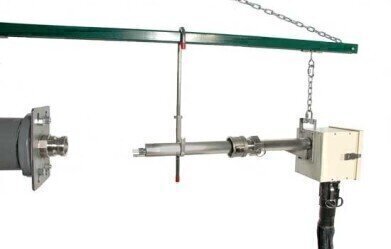
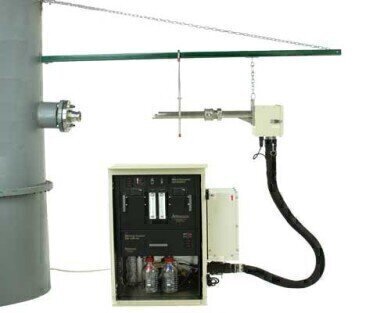




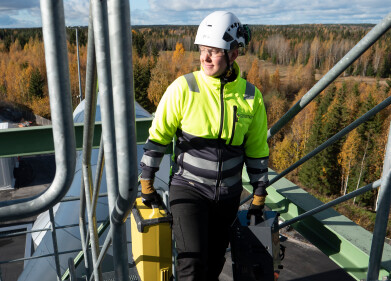
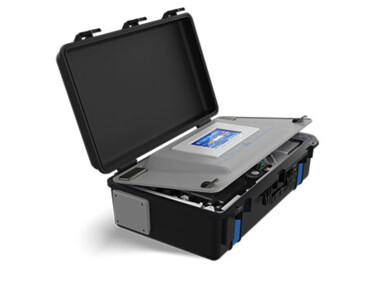

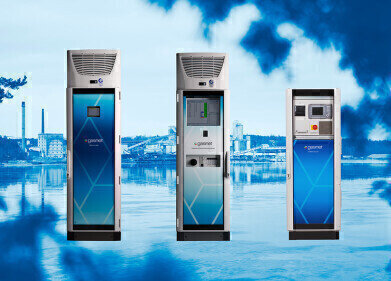

.jpg)












